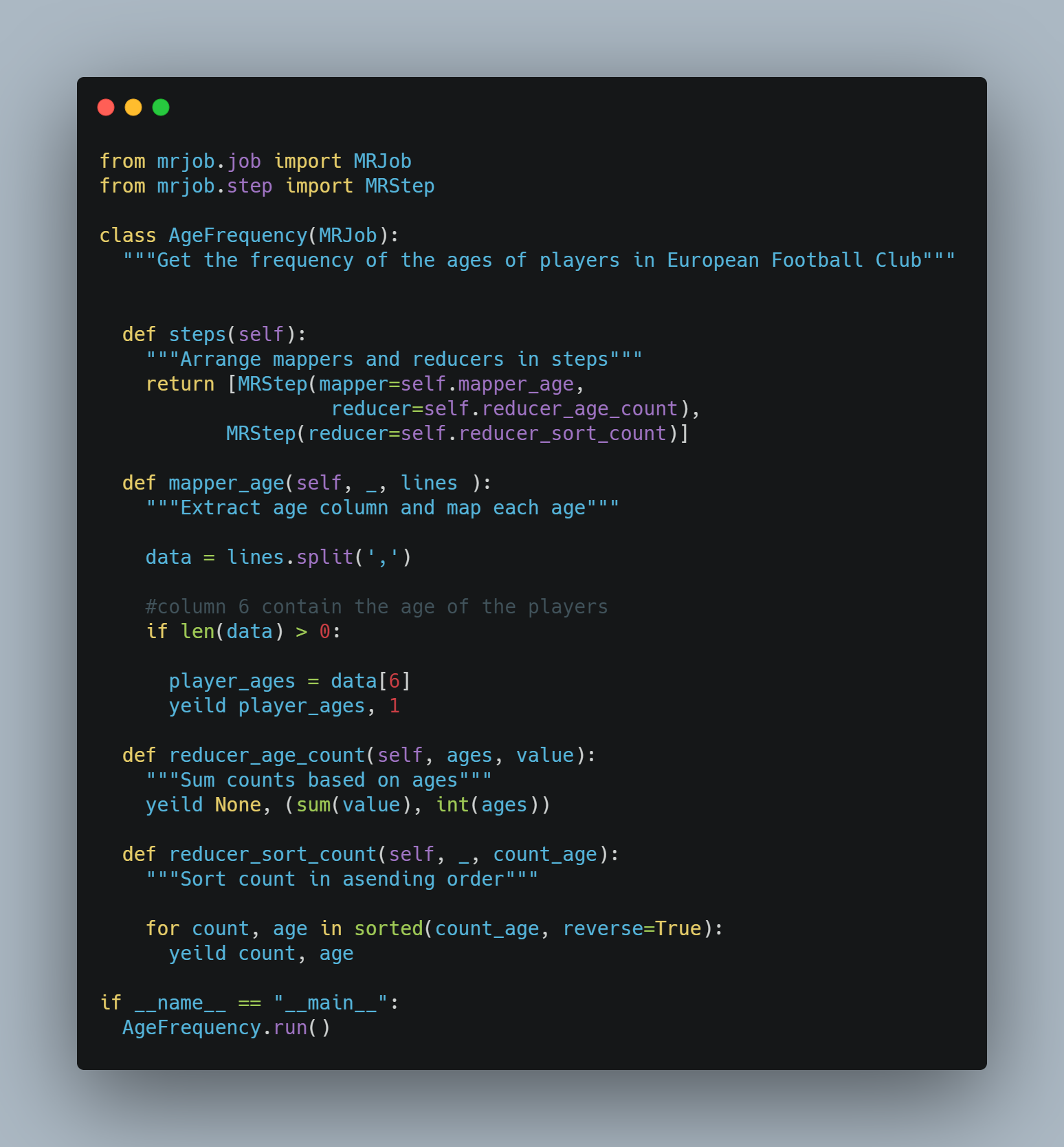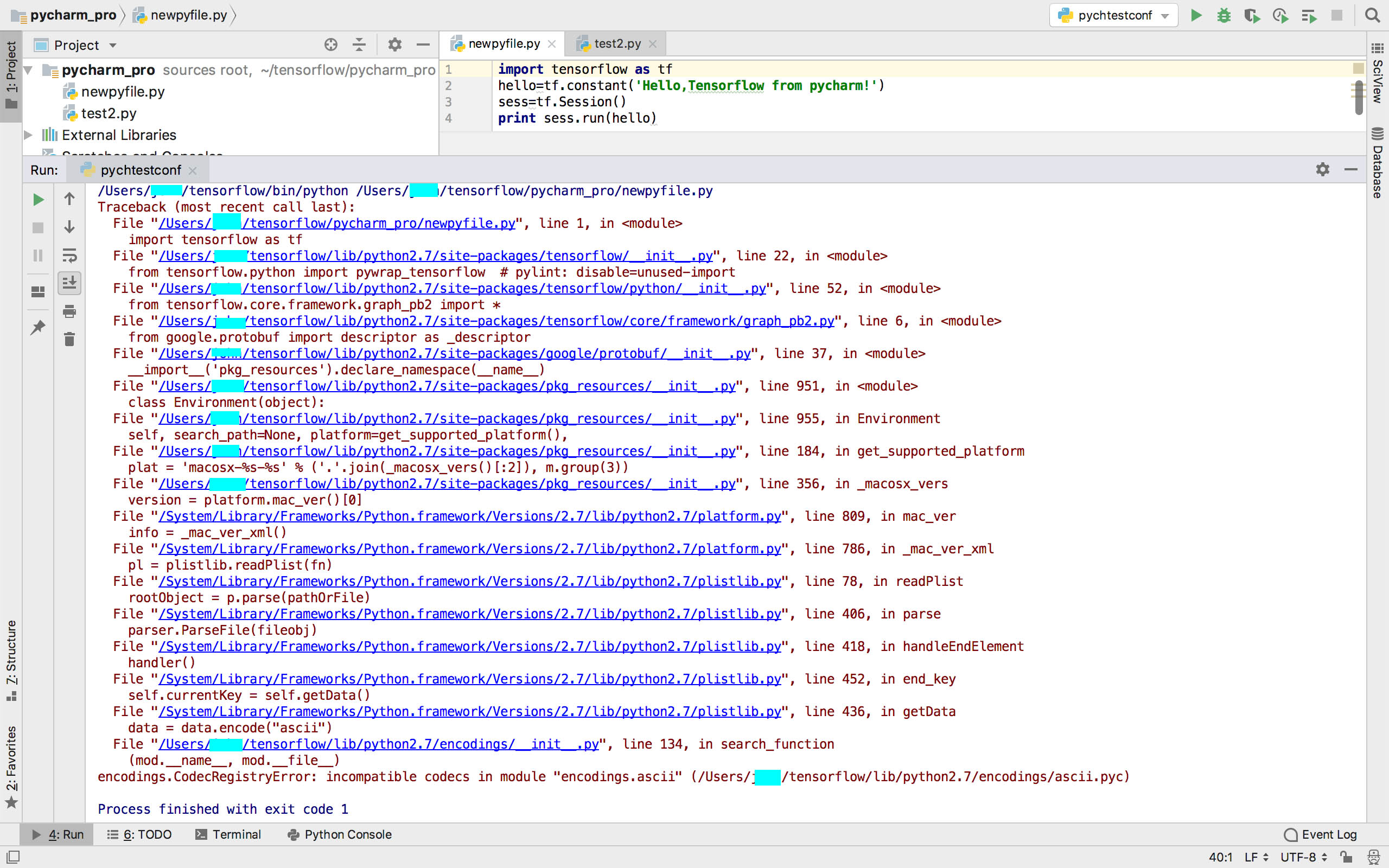
That copy, in turn, replaces itself with another process: the process you were looking to execute. First, the process forks itself, creating a copy. We can utilize this same technique to start another process, though. This can be useful if you want to parallelize your code and utilize multiple CPUs on your machine. The process forks itself, meaning a new copy of the process is created and started. What happens internally (inside the OS kernel) is what’s called a fork. The following images come from that article, too:Ī parent process spawning two sub-processes Our article on concurrency with Python explains this in great detail. These processes can be different programs, but they can also be multiple instances of the same program. In turn, a computer can run multiple processes at once. But what is a process, exactly? Let’s define it more formally: Process A process is the instance of a computer program that is being executed by one or more threads.Ī process can have multiple Python threads, this is called multi-threading. Processes and sub-processesĪ program that is executed on a computer is also called a process. If you’re familiar with the theory on processes and sub-processes, you can safely skip the first section. We’ll use the Python subprocess module to safely execute external commands, capture the output, and optionally feed them with input from standard in. In this article, you’ll learn some basics about processes and sub-processes.



The built-in Python subprocess module makes this relatively easy. Despite the many libraries on PyPI, sometimes you need to run an external command from your Python code.


 0 kommentar(er)
0 kommentar(er)
